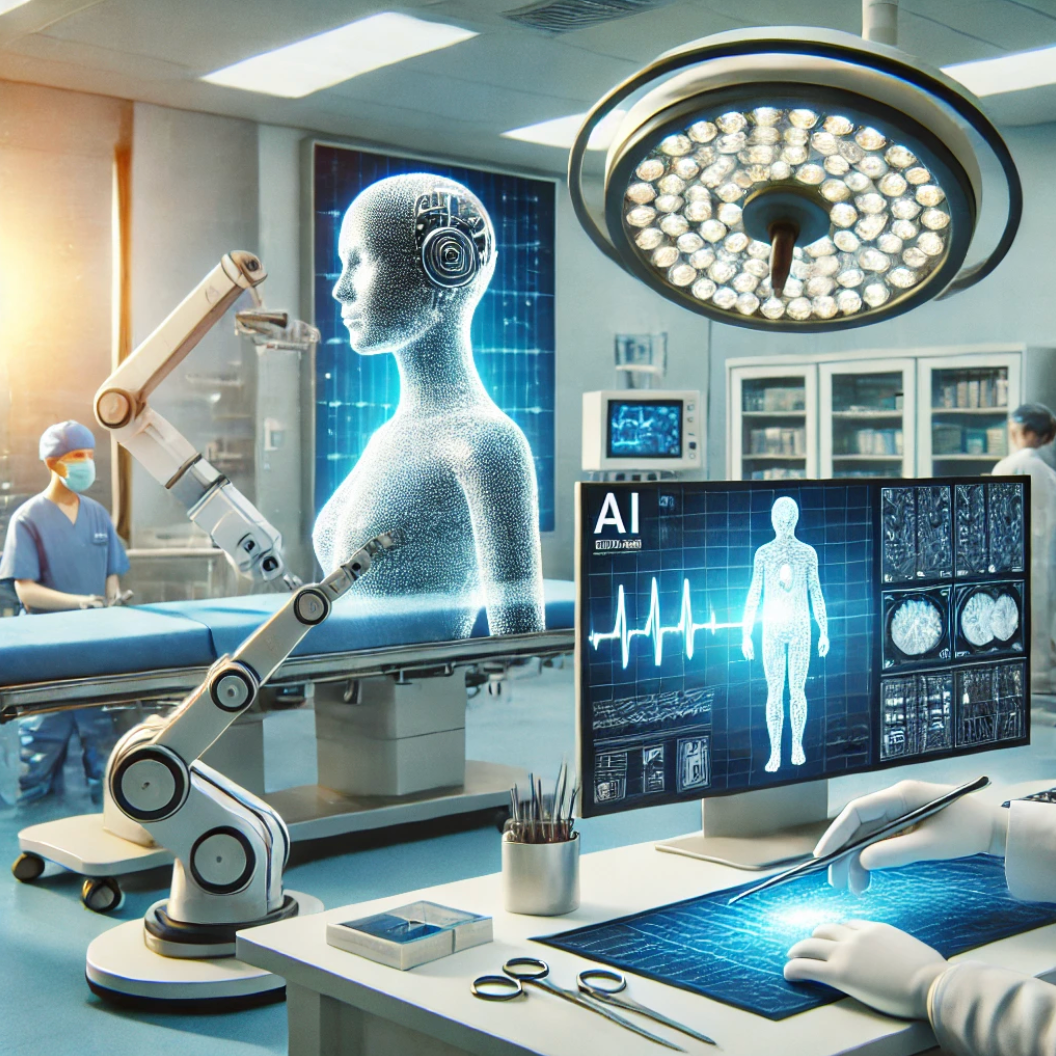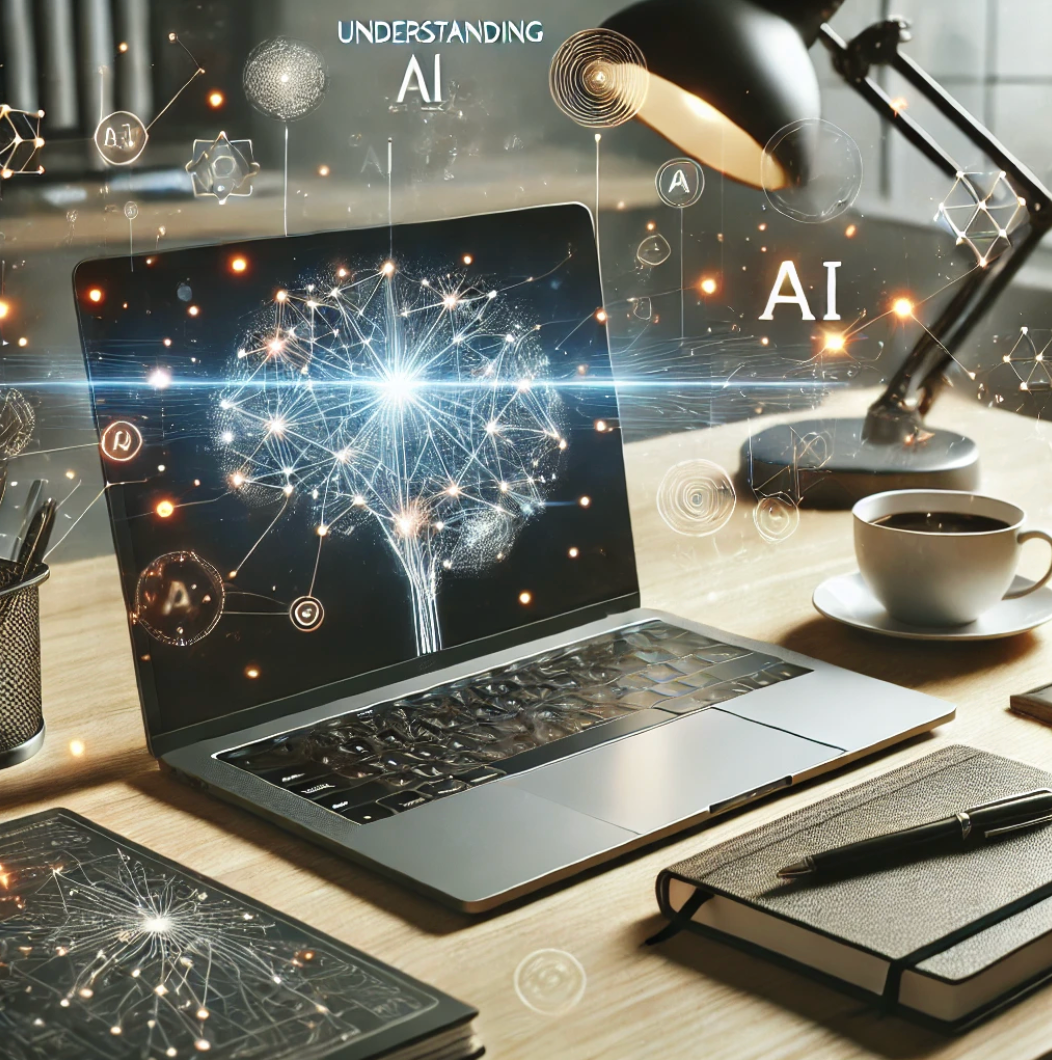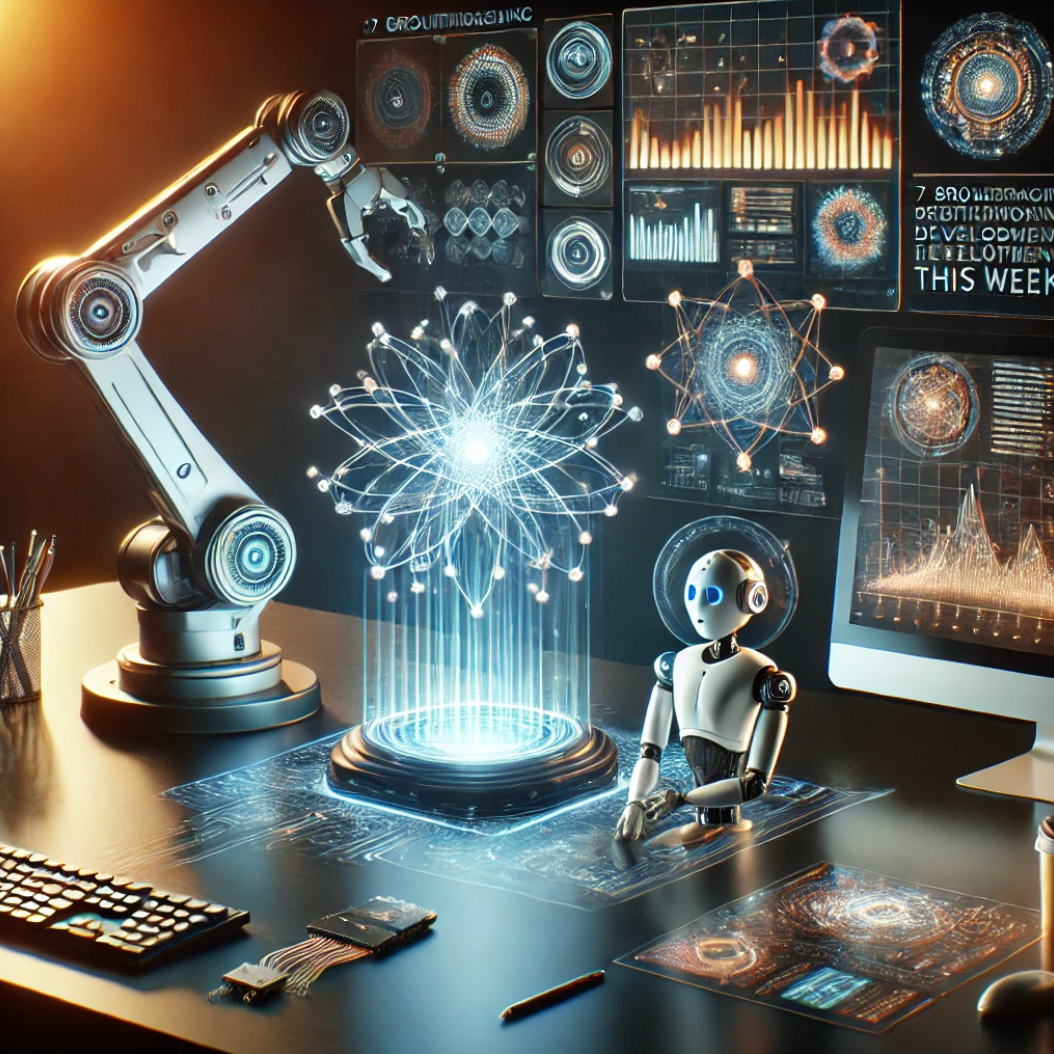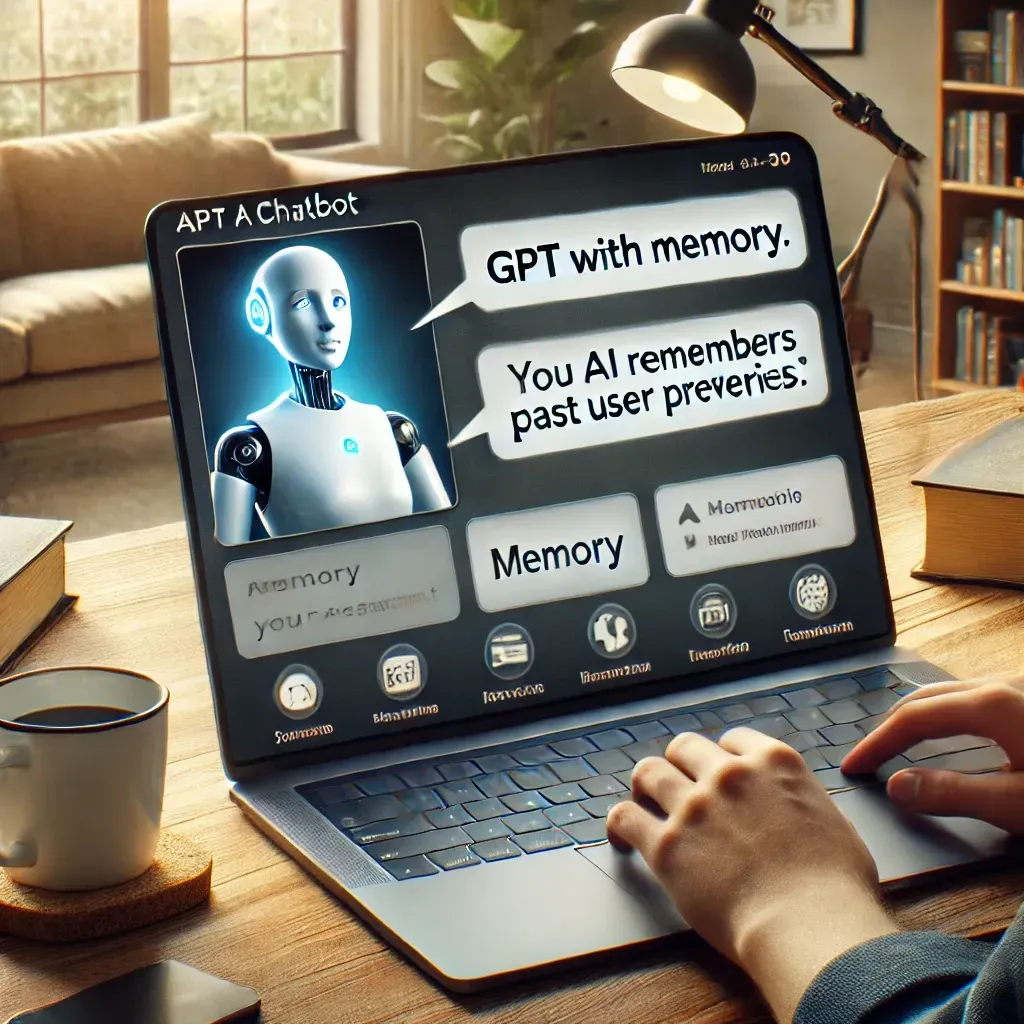Emotional AI: Can machines understand human feelings?
Introduction: Why emotional AI matters now
We’ve grown accustomed to AI writing our emails, predicting our next purchase, or even creating music. But now, artificial intelligence is being trained to understand something far more complex and deeply human: our emotions.
This field is called emotional AI, also known as affective computing. It focuses on teaching machines how to detect, interpret, and respond to emotional cues. It’s a field full of promise—yet also full of ethical landmines.
This article dives deep into what emotional AI really is, how it works, where it’s being used, and whether machines can truly understand the rich and messy world of human feelings.
What is emotional AI?
Emotional AI is a type of artificial intelligence designed to recognize, simulate, and respond to human emotions. It doesn’t feel emotions itself, but it processes emotional cues—like facial expressions, vocal tones, text sentiment, and biometric signals—to guess what a person might be feeling.
Imagine a chatbot that detects when you’re frustrated and changes its tone to be more understanding. Or a smart car that knows when you’re drowsy and recommends pulling over. These are real-world applications of emotional AI at work.
At its core, emotional AI tries to close the empathy gap between humans and machines. It’s about making AI more intuitive, more helpful, and in some cases—more human-like.
How emotional AI works
Building emotionally intelligent machines isn’t about giving them hearts—it’s about giving them sensors, training data, and pattern recognition abilities.
Here’s how it typically works:
1. Multimodal data collection
Emotional AI pulls from multiple types of human behavior:
- Facial recognition software tracks expressions and micro-expressions
- Voice analysis captures pitch, tone, speed, and stress
- Text sentiment analysis detects emotions in written language
- Biometric sensors read heart rate, skin conductance, pupil dilation
2. Machine learning and training
These inputs are fed into machine learning models trained on millions of human emotional responses. The AI learns how specific behaviors or speech patterns correlate with emotions like joy, sadness, anger, fear, or anxiety.
3. Prediction and response
The AI then predicts a user’s emotional state in real-time and can adjust its output accordingly. For example, a virtual tutor may slow down its pace if it detects confusion or frustration.
Emotional AI vs. emotional intelligence
It’s important to note: emotional AI is not emotional intelligence.
- Emotional intelligence (EQ) in humans includes self-awareness, empathy, social skills, and emotion regulation.
- Emotional AI, on the other hand, simply recognizes observable signals of emotion—it has no inner emotional experience.
A virtual assistant may detect you sound upset, but it doesn’t actually care—it simply adapts to maintain the user experience.
This raises the philosophical question: if something behaves empathetically, does it matter that it doesn’t feel?

Where emotional AI is being used today
Emotional AI is no longer science fiction. It’s already being deployed in a growing number of industries:
Healthcare
- AI is being used to detect signs of depression, anxiety, and cognitive decline through speech patterns and facial expressions.
- Tools like Woebot and Wysa use emotional AI to guide mental health conversations.
Customer support
- Chatbots and virtual agents are programmed to detect customer frustration or confusion, and route to a human agent or change tone.
Automotive
- Cars are being equipped with cameras and sensors to monitor drivers’ mood, fatigue, or stress, helping prevent accidents.
Education
- AI tutors adjust content and pacing based on students’ facial expressions and engagement levels.
Marketing and advertising
- Companies use emotion recognition to gauge reactions to products or ads, analyzing how people respond visually or vocally in real time.
Security and law enforcement
- Some governments and corporations are testing emotional AI in surveillance, using facial analysis to detect potential threats or stress.
Benefits of emotional AI
Emotional AI offers significant potential to enhance how we interact with machines—and with each other:
- More natural human-computer interactions
When machines can “sense” how we feel, they respond in more intuitive, human-like ways. - Early detection of mental health conditions
Subtle shifts in speech or expression can be early indicators of depression or cognitive decline. - Increased safety
Emotion-aware cars and monitoring systems can help prevent accidents or intervene in dangerous situations. - Improved personalization
AI that knows your mood can tailor its responses or content to better serve you.
The risks and ethical concerns
Despite the benefits, emotional AI brings a host of ethical concerns that can’t be ignored.
Privacy and surveillance
Analyzing facial expressions, voice tone, and biometrics can feel deeply invasive, especially when done without consent. Emotional data is biometric data, and its misuse poses serious risks.
Cultural and gender bias
Many emotional AI systems are trained on limited datasets, leading to inaccurate predictions across different cultures, ethnicities, or genders. For example, some systems consistently misinterpret the facial expressions of Black or Asian individuals.
Emotional manipulation
If AI can detect your sadness or vulnerability, what’s to stop it from nudging you toward a purchase—or worse, manipulating your decisions?
Lack of emotional authenticity
Simulating empathy isn’t the same as having it. Machines don’t feel compassion. There's a danger in mistaking performance for presence, and response for relationship.
Can AI ever truly understand emotion?
This is the core philosophical question.
- AI does not experience emotion, because it lacks consciousness and subjective awareness.
- It can simulate empathy, but not feel it.
- Still, if AI can recognize and respond to emotion accurately, is that enough?
For many applications—like customer service, tutoring, or safety—the simulation may be sufficient. But in human relationships, trust, and mental health, the lack of authenticity may matter more than we think.
We must ask ourselves: Do we want AI to be emotionally intelligent—or just emotionally competent?
What’s next for emotional AI?
Looking forward, emotional AI is heading into more personal, immersive territory:
- Emotionally aware AI therapists will become more mainstream in mental health apps.
- Smart home systems will adjust music, lighting, and interactions based on your mood.
- VR and AR environments will adapt in real time to your emotional state.
- Wearables will monitor emotional health and offer real-time coping support.
At the same time, expect to see stricter regulations around emotional data collection, use, and storage—especially in the EU and parts of the U.S.
Final thoughts: machines and meaning
Emotional AI is one of the most fascinating, promising, and risky developments in technology. It challenges how we define intelligence, connection, and authenticity.
It may never feel like we do—but if it can help people feel seen, understood, or safe, it can still serve a meaningful role.
The question isn’t just “Can AI understand us?”
It’s: What should we let it do with that understanding?












